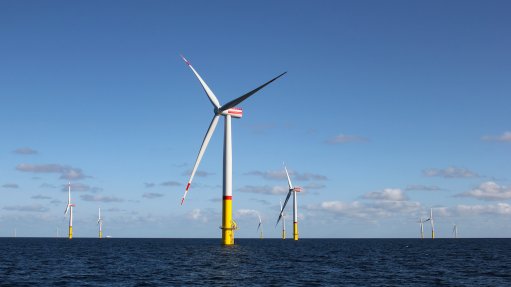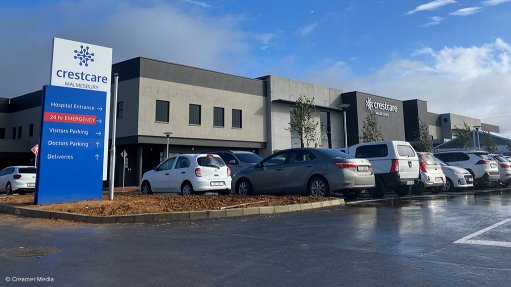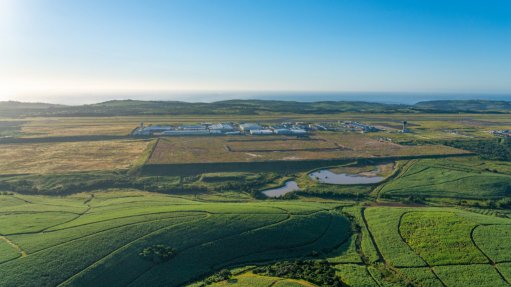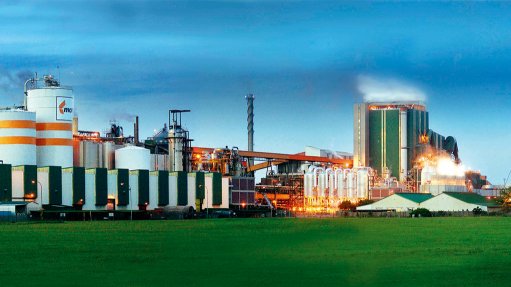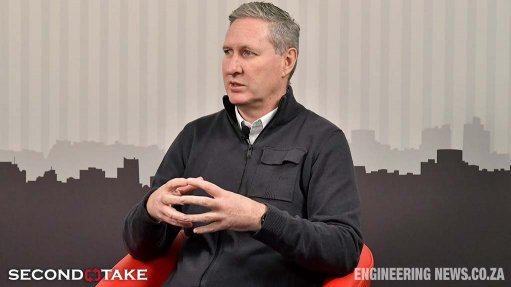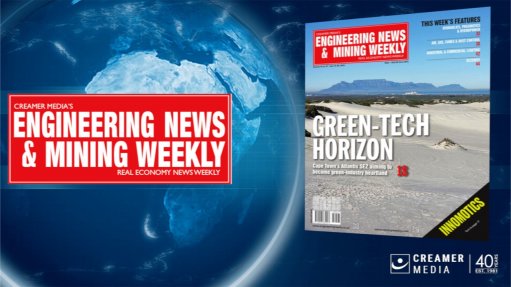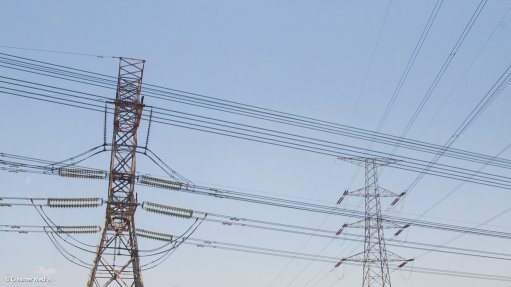Green steel is the foundation of achieving net zero and needs to be a top priority for South Africa
This article has been supplied by the author and has not been written or solicited by Creamer Media. It may be available only for a limited time on this website.
By Viren Sookhun, MD at Oxyon
Steel is one of the most commonly manufactured materials in the world, because it has such a wide variety of uses – steel is everywhere, from construction to vehicles, home goods to robotics. Steel production is also hugely carbon intensive, representing a significant proportion of global man-made carbon emissions. In the universal quest for Net Zero and carbon neutral, green steel production is critical. The entire value chain of many other ‘green’ products, like electric vehicles (EVs), hinges on the ability to ensure all components are carbon neutral. South Africa is well positioned to be a world leader in this space, as we have the natural resources and the capability, but production needs to be ramped up and Government should lead the way in driving this change.
Massive carbon intensity
The carbon footprint of steel is huge, and emissions can vary depending on the method of production that is used, as well as the proportion of scrap steel versus virgin steel used in the production process. Blast furnaces, for example, produce significantly more emissions than, for example, an electric arc furnace, which also utilises far more scrap steel. Yet blast furnaces are by far the most common method of steel production around the world.
According to the World Steel Association, every tonne of steel produced in 2020, on average, created almost 2 tonnes of CO2 emissions. In that year, 1,860 million tonnes of steel were produced, resulting in direct emissions from the steel sector of around 2.6 billion tonnes of CO2, which was between 7% and 9% of global CO2 emissions.
What can be done?
The demand for steel has not abated, and is more than likely to increase in future, which means that it is of the utmost importance that the carbon footprint of steel be reduced in line with Net Zero emissions targets. Prioritising the move toward the green steel manufacturing process will significantly reduce global carbon emissions.
Manufacturing green steel requires the use of electricity, generated using renewable sources rather than fossil fuels, which drastically reduces the greenhouse gas emissions in the process. It is also possible to then offset the emissions that are created, moving the steel manufacturing process toward net zero.
A significant opportunity
South Africa is one of the world’s top producers of iron ore, which is the base material of steel. We are also rich in renewable energy resources, including solar and wind power. These factors together mean that as a country we are uniquely positioned to become a leader in the green steel transition. While there have been some steps taken in the Saldana region, we need to up the pace of change, especially if we are to ramp up production of electric vehicles. The entire greening value chain starts with green steel.
To do this, green steel production needs to be further incentivised through all of South Africa’s Special Economic Zones (SEZs). Partnerships with government and the Department of Trade and Industry are vital to drive this. In addition, innovative ways of using excess carbon credits should be implemented, including tax incentives and carbon credit markets where the sale of these credits could be used to fund further investment.
If South Africa can move toward hydrogen-based and electric arc furnace manufacturing, powered 100% by renewable energy, we will not only reduce emissions significantly, but grid energy will be freed up for other applications, and our reliance on imported steel will be reduced. This all forms part of the circular economy, which is vital for growth and greater inclusivity, in turn essential in the Just Transition
Comments
Press Office
Announcements
What's On
Subscribe to improve your user experience...
Option 1 (equivalent of R125 a month):
Receive a weekly copy of Creamer Media's Engineering News & Mining Weekly magazine
(print copy for those in South Africa and e-magazine for those outside of South Africa)
Receive daily email newsletters
Access to full search results
Access archive of magazine back copies
Access to Projects in Progress
Access to ONE Research Report of your choice in PDF format
Option 2 (equivalent of R375 a month):
All benefits from Option 1
PLUS
Access to Creamer Media's Research Channel Africa for ALL Research Reports, in PDF format, on various industrial and mining sectors
including Electricity; Water; Energy Transition; Hydrogen; Roads, Rail and Ports; Coal; Gold; Platinum; Battery Metals; etc.
Already a subscriber?
Forgotten your password?
Receive weekly copy of Creamer Media's Engineering News & Mining Weekly magazine (print copy for those in South Africa and e-magazine for those outside of South Africa)
➕
Recieve daily email newsletters
➕
Access to full search results
➕
Access archive of magazine back copies
➕
Access to Projects in Progress
➕
Access to ONE Research Report of your choice in PDF format
RESEARCH CHANNEL AFRICA
R4500 (equivalent of R375 a month)
SUBSCRIBEAll benefits from Option 1
➕
Access to Creamer Media's Research Channel Africa for ALL Research Reports on various industrial and mining sectors, in PDF format, including on:
Electricity
➕
Water
➕
Energy Transition
➕
Hydrogen
➕
Roads, Rail and Ports
➕
Coal
➕
Gold
➕
Platinum
➕
Battery Metals
➕
etc.
Receive all benefits from Option 1 or Option 2 delivered to numerous people at your company
➕
Multiple User names and Passwords for simultaneous log-ins
➕
Intranet integration access to all in your organisation










